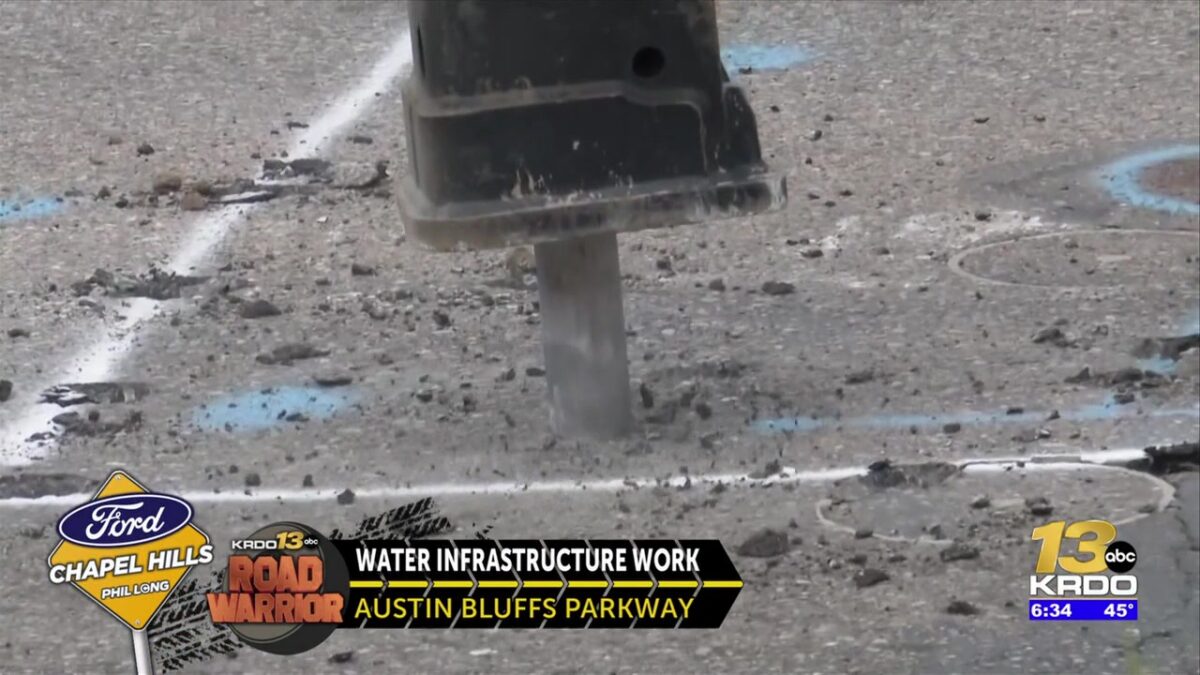Segment of Dublin Boulevard in Colorado Springs reopens after three-month closure
Scott Harrison
COLORADO SPRINGS, Colo. (KRDO) — The latest phase of a $15 million improvements project on the east end of Dublin Boulevard is finished, after a half-mile segment that was closed all summer reopened a week ago.
City officials announced Friday that crews have finished work requiring a full closure of Dublin between Fieler Drive to the west and Issaquah Drive to the east.

The closure included the key intersection of Dublin at Peterson Road, near a fire station and a school.
Officials had hoped to complete the phase before classes resumed, but were delayed by persistent groundwater issues that caused underground springs to develop on Dublin.

Crews significantly improved drainage, diverting groundwater flow into nearby Sand Creek.
Workers also widened Dublin to four lanes between Fieler and just east of Mustang Rim Drive; improved the Dublin/Peterson intersection; and relocated water lines.
The project’s overall goal is to widen Dublin to Fieler and match the width west of that intersection, and widen Dublin east to Marksheffel Road and match the ongoing widening project there.

Sidewalk installation continues in the reopened area, so pedestrians should be alert to occasional closures and detours.
Drivers should expect continued construction on Dublin between Mustang Rim and Marksheffel, as well as a several-week closure of Issaquah north of Dublin, as crews conduct road and trench improvements there.

Officials said that the Dublin closure shortened the length of the overall project by four months and is now scheduled for completion this spring.
The reopening is a relief to drivers, neighbors, and business owners who endured the closing.

“It’s just something we need out here,” said Cammi Fish, manager of Urbane Collective. “We need a little more street space, so we’ll roll with it.”
Gayle Sturdivant, the city’s deputy director of public works, also remarked on the situation.

“We’re trying to be supportive of our businesses in the area because we do know they feel some strain when we have construction going on near them,” she said.
The improvements are funded by sales tax revenue from the Pikes Peak Rural Transportation Authority.
















 Courtesy: Pueblo County Sheriff’s Office
Courtesy: Pueblo County Sheriff’s Office Courtesy: Pueblo County Sheriff’s Office
Courtesy: Pueblo County Sheriff’s Office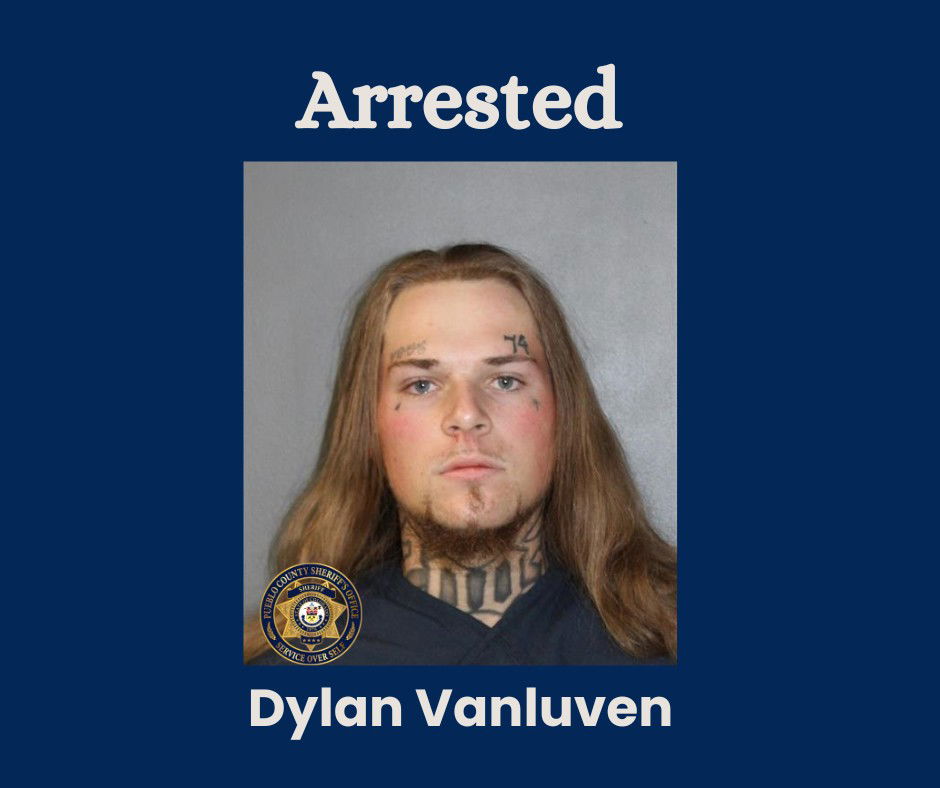 Courtesy: Pueblo County Sheriff’s Office
Courtesy: Pueblo County Sheriff’s Office Courtesy: Pueblo Police Department
Courtesy: Pueblo Police Department 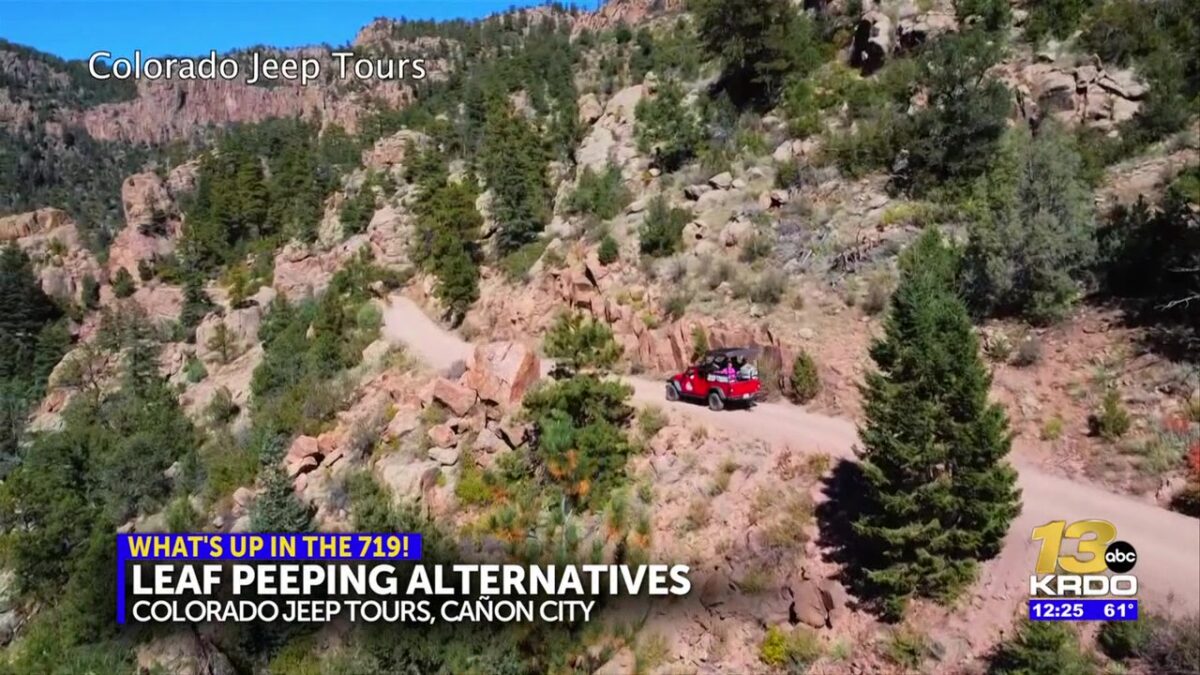

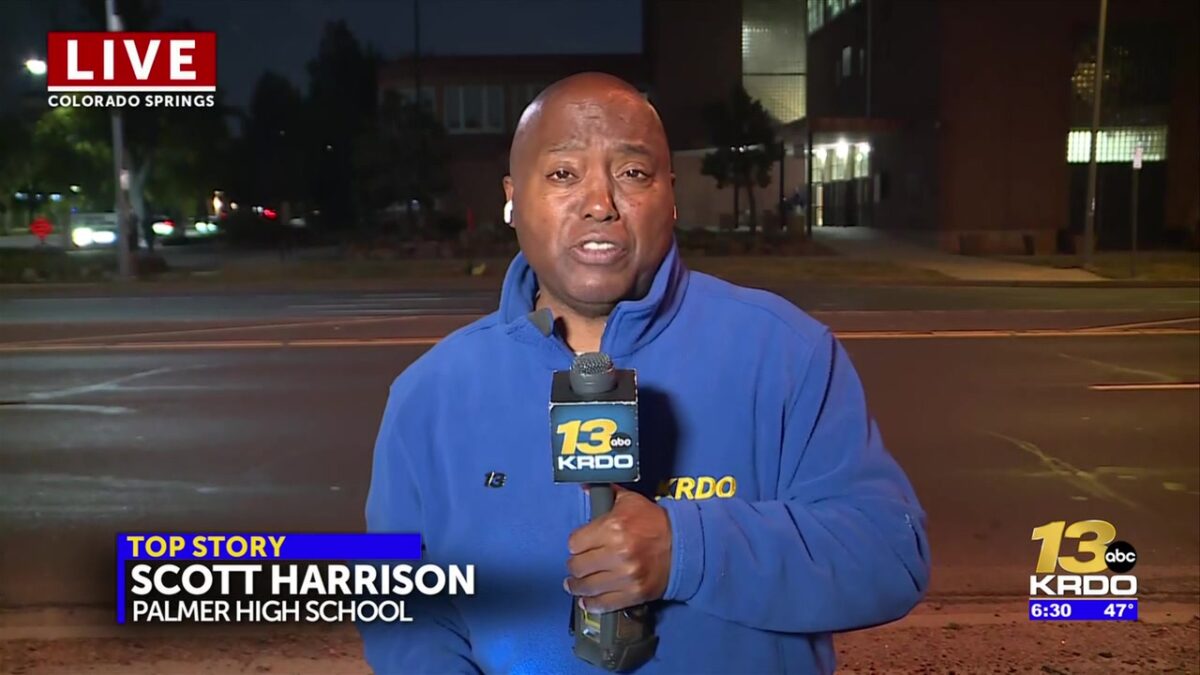


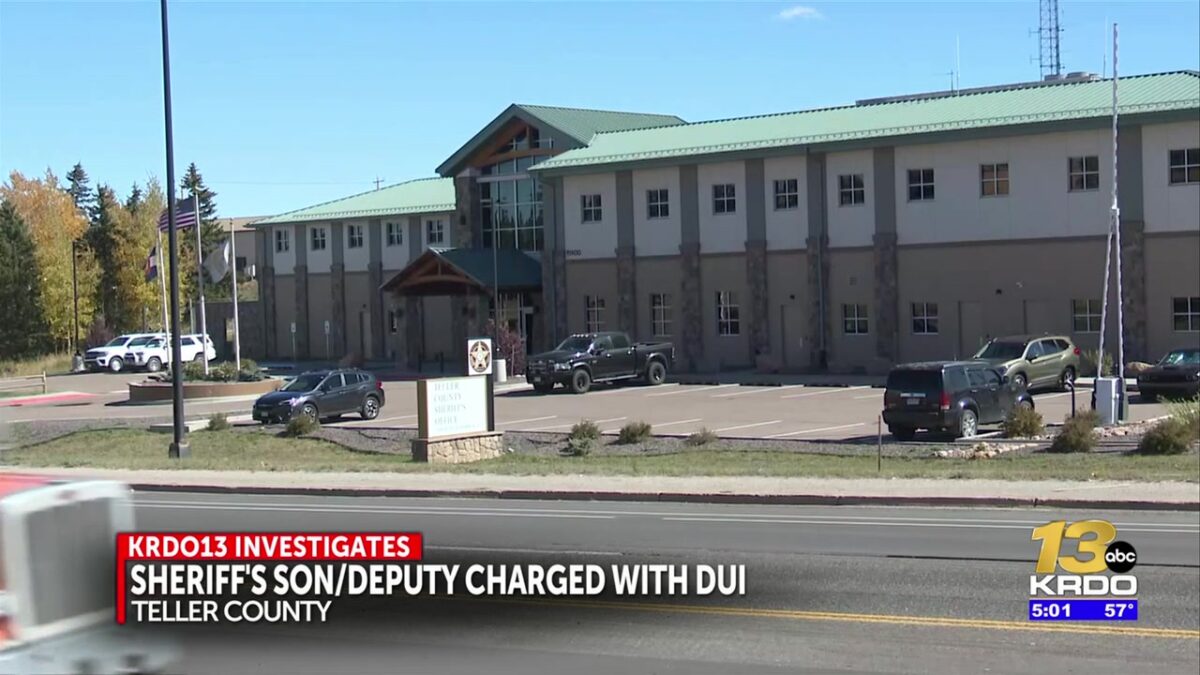
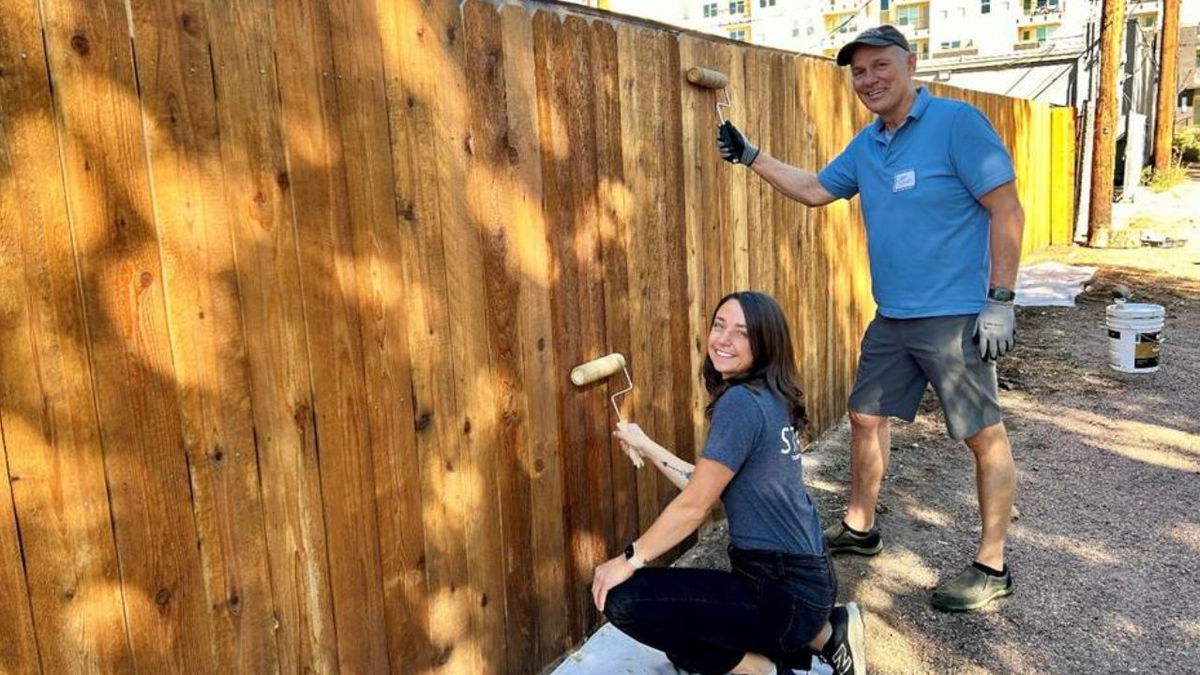
 Courtesy: Sondra N. Rymer, Salvation Army Development & Public Relations Manager
Courtesy: Sondra N. Rymer, Salvation Army Development & Public Relations Manager